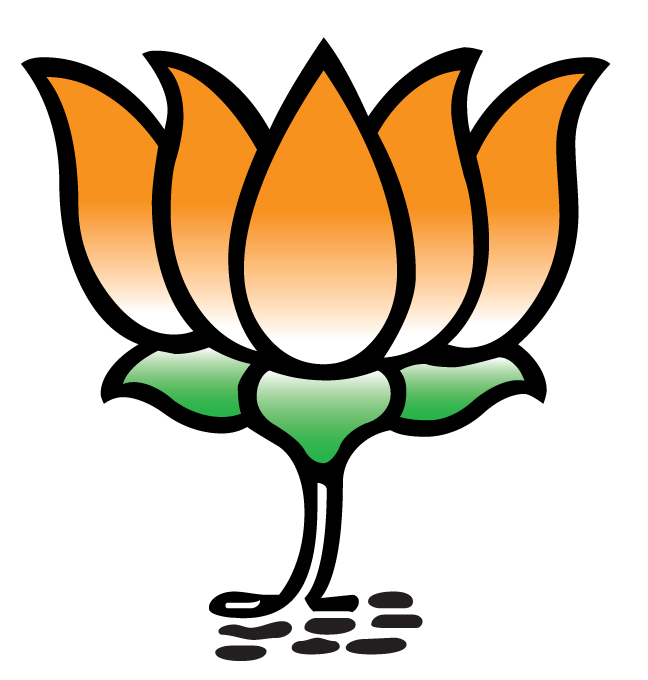Politics of India

Politics in India (Hindi:भारतीय राजनीति) takes place within the framework of a constitution. India is afederal parliamentary democratic republic in which the President of India is head of state and the Prime Minister of India is the head of government. India follows the dual polity, i.e. double government which consists of the union at the centre and states at the periphery. The constitution defines the organisation, powers and limitations of both central and state governments, it is written, rigid and supreme, i.e. laws of the nation must conform to it. There is provision for a bicameral legislature consisting of an Upper House, i.e. Rajya Sabha, which represent the states of the Indian federation and a lower house i.e. Lok Sabha, that represents the people of India as a whole. Indian constitution provides for an independent Judiciary headed by the Supreme Court to adhere and protect the constitution and to settle disputes between the centre and the states or between the states, it can also nullify any central or state laws if they are against the constitution.[1]
The governments, union or state, are formed through elections held every five years (unless otherwise specified), by having the majority of members in their respective lower houses (Lok Sabha in centre and Vidhan Sabha in states). India had its first general election in 1951, which was dominated by Indian National Congress, and went on to dominate the successive elections, up till 1977, when the first non-Congress government was formed for the first time in independent India. The 1990s saw the end of Single Party domination and rise of Coalition Governments. The elections for 16th Lok Sabha held in April and May 2014 once again brought back single-party rule in the country, that of the Bharatiya Janata Party.[2]





.jpg)
.jpg)







0 comments:
Post a Comment